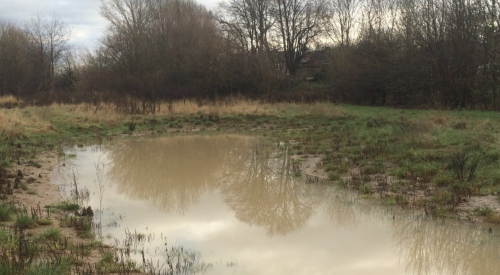Now that President Trump has ordered an extensive review of the “Waters of the United States” (WOTUS) definitions in the Clean Water Act, many in the residential construction industry have questions about how this executive order changes the stormwater and wetlands permitting processes they have been following—and what may happen next.
Owen McDonough, Ph.D., Environmental Policy Program Manager at the NAHB, answers a few key questions about the effect of the executive order.
What are the rules now? What has changed? For builders, not much has changed. First, the new WOTUS rule never had an opportunity to actually take hold. It was suspended by a federal court ruling just weeks after being finalized in 2015. What this new executive order means is that the Environmental Protection Agency and the Army Corps of Engineers must take a giant step back and thoroughly review the flawed rule.
The current rule is not very clear, doesn’t take into account the need for economic growth, and oversteps the rights of states to make decisions within their own borders. It fundamentally attempts to expand Clean Water Act requirements beyond what Congress originally intended while also ignoring Supreme Court decisions.
Until EPA and the Corps finish their task of fixing or replacing the WOTUS rule, the Clean Water Act and all of its requirements remain in place. Builders and developers must get permits, just as they always have.
Is WOTUS going away? No, the President does not have the authority to erase the WOTUS rule. He’s telling the agencies he wants a comprehensive review and a revised rule that makes sense for everyone. And he wants it quickly. He doesn’t want to leave the regulated community, especially home builders, in limbo. Our industry is arguably the most heavily regulated under the Clean Water Act, and we need a rule that provides clarity and does not overreach.
So what happens next? The law requires certain steps before any substantive change happens. The most likely path forward would be for EPA and the Corps to issue a proposed rule to rescind or revise WOTUS. It will appear in the Federal Register and be available for comment. After taking the comments into account, the agencies will issue their final rule. If the final rule says that WOTUS should be revised, expect a flurry of lawsuits from interest groups.
(Click charts to enlarge)














